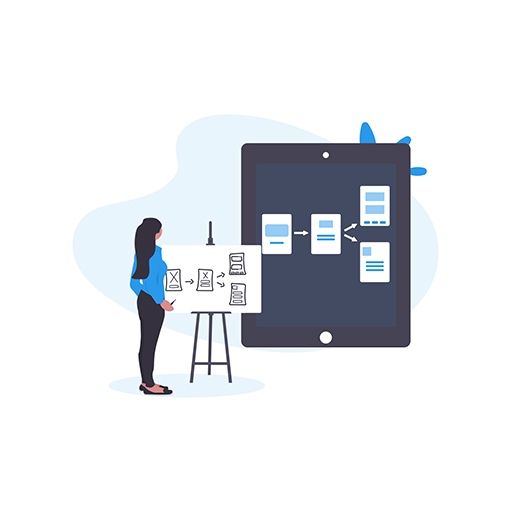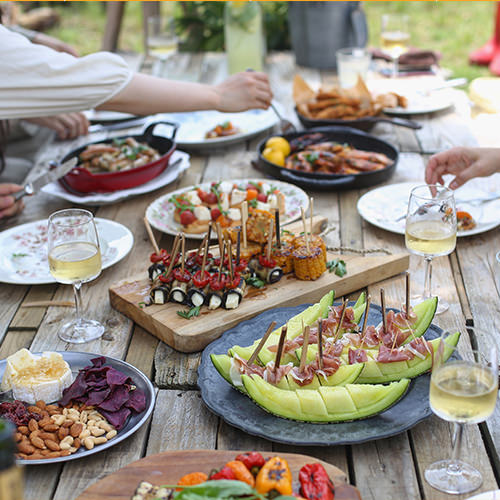How do you define success? It’s a tricky question for designers, developers, and business professionals alike. Many of us in design who are in leadership positions within our organizations struggle with how to clearly articulate the value of the work our teams create for the company. Yet it’s a crucial part of getting (and keeping) our seat at the table - our place as key influencers and decision makers in our organization’s strategy.
Having spent the majority of my career with B2B companies, I’m no stranger to this challenge. I’ve also been blessed to be surrounded by passionate peers willing to both fight for the value of human-centered design and to teach the ins and outs of the business.
Therefore, I developed a framework to help UXers understand how to collaborate with a variety of people in the organization (engineers, product managers, UX managers, and more) to define and align on a product’s success metrics. My goal was not necessarily to create a new way of thinking, but to provide a common language and bridge the gaps between departments that tend to happen at large organizations. Thanks to this, I’m happy to share with the experience strategy community an eBook called Measuring Up: A Framework for Creating UX Metrics.
Use the form below to receive your free copy:
In this downloadable eBook, you’ll follow a series of repeatable steps for proving the efficacy of a given product or feature. It will also cover general questions designers should be asking throughout the duration of a project. Lastly, we provide examples, including a UX dashboard template that when presented to the business on a regular cadence could increase the awareness of your team’s triumphs and future opportunities for growth.
Do you lead your organization’s experience strategy?
Cantina wants to hear from you. As a strategic design and development consultancy, we work with companies at all stages of growth to define their strategy for continued UX maturity and differentiate through superior experiences. Drop us a line if you’re interested in starting a conversation about showing the value of design.




